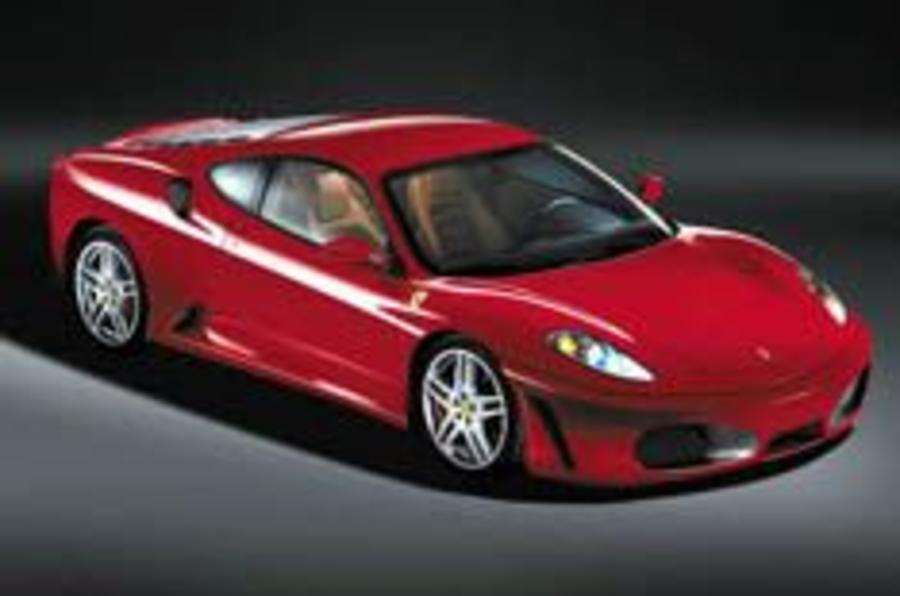A new Ferrari, a new number. The 360 Modena will next year make way for the F430 which, shown today for the first time, is charged with no mean task; to put Ferrari back on the top of the junior supercar pile.
Never before has the company faced such strong competition, not only from established rivals such as Porsche and Lamborghini, but from a revitalised Aston Martin and even from Mercedes with its ever-more powerful AMG models. In time there will be competition from McLaren, with its P8 supercar, and Audi, too. But the most relevant challenger has been the Lamborghini Gallardo, whose 492bhp upstages the 360’s 400bhp. Ferrari has fought back with the desirable 360 Challenge Stradale, but the comprehensive rework that turns the five-year-old 360 into the 430 is the real answer.
Design & engineering
These official pictures – published first in Autocar – confirm that Pininfarina hasn’t lost its ability to build attractive Ferraris, a skill called into question after the 612 Scaglietti was unveiled last year. The F430 is a gentle evolution of the 360, the differences lying mainly in the detail shape of its air intakes, the length of its rear deck and the sculpting of its diffuser. Two giant oval inlets dominate the nose, a pair of back-swept headlights replacing the previous horizontally arranged units, while the side profile is punctuated by two pairs of reshaped scoops feeding air to the engine and rear brakes. At the back the F430 features the classic circular rear lamps that grace so many Ferraris, while the V8 lies beneath a longer glass engine cover that is part of a lengthier tail section.
Aerodynamic requirements have driven much of this redesign, the longer tail lowering drag and lift, while the resculpted vents should cool the engine and brakes more effectively. The flat underbody of the 360 remains, but the rear diffuser has been revised to improve high-speed stability.
The longer tail adds 35mm to the car’s length, but width grows by just a millimetre, and its height is unchanged. The 430 weighs more, though, gaining 60kg to a total of 1450kg.
Engine & transmission
The biggest news under the skin is the arrival of an all-new engine, derived from the same 90deg V8 that powers the Maserati Coupé and Spyder. The Ferrari’s V8 has a slightly larger capacity of 4308cc, achieved through a longer stroke of 81mm, but they share a 92mm bore. Both are built at the recently upgraded engine plant in Maranello.
However, don’t assume that the two engines are identical – the technical data Ferrari has released so far indicates very different characteristics, the result of significant mechanical changes. The 430 unit employs a flat-plane crankshaft conducive to higher revs, as demonstrated by maximum power of 483bhp that arrives at a heady 8500rpm; a configuration that also contributes to the Ferrari’s distinctive high-rev shriek. The 430 provides 83bhp more than the outgoing 360 Modena, and nearly 100bhp more than the Maserati engine. Maximum torque is 343lb ft at 5250rpm, while specific output is an impressive 112bhp per litre.






Add your comment